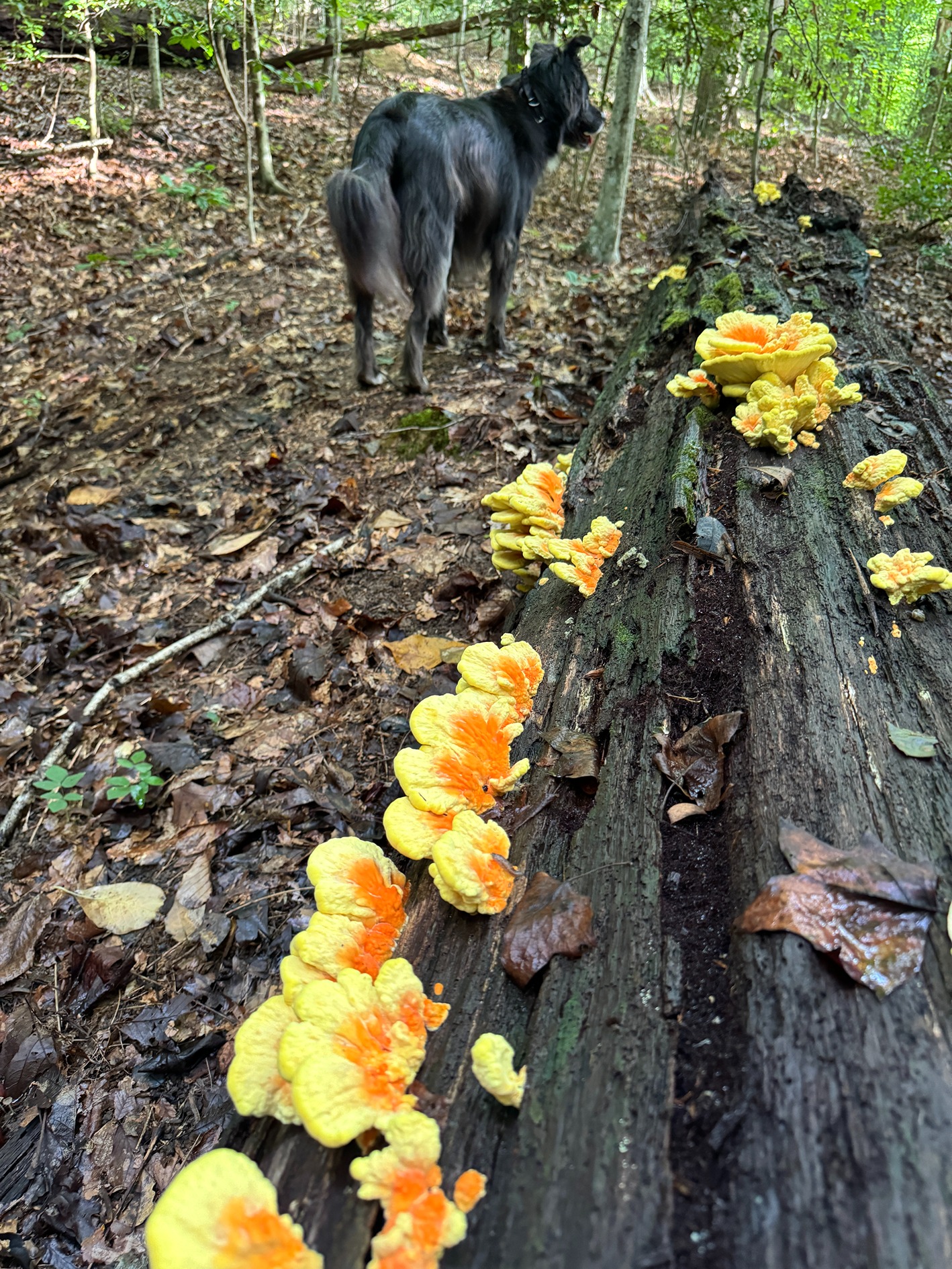The Ancient Trade Holding Back the Sahara Desert
In the Malian bush, a scattering of acacia trees grow through the wild grass and shrubs that spread for miles across the semi-arid scrub. Herders graze cattle nearby and local people fetch firewood. The acacias are among the taller and faster-growing trees of this habitat, with old individuals reaching high above the surrounding scrub.
This is the Sahel, a savannah that stretches across six countries in mainland West Africa. This dry strip of land between the tropical rainforests to the south, and the Sahara to the north, sees just three months of rain a year. It’s a region that is changing quickly. Climate change has seen the Sahara Desert grow around 100km (62 miles) southward since 1950, and is expected to continue the same trend in the coming decades.
But the Sahel’s acacia trees, growing close to the boundary of the desert, are at the heart of a reviving ancient trade with the potential to stem the advance of the Sahara.
To see what is special about these trees, you have to tear off a strip of bark or make a small incision into the tree. The sap that exudes from the wound is a pinkish substance that dries into a round springy ball. This is gum arabic, and it comes from two species of tree found in the Sahel: Acacia senegal and Acacia seyal.
Click here to read the rest of the article…




